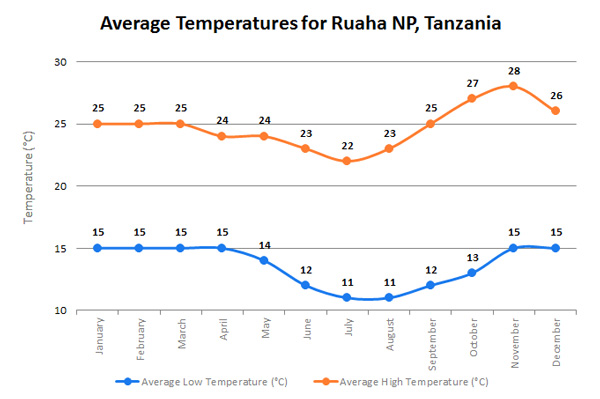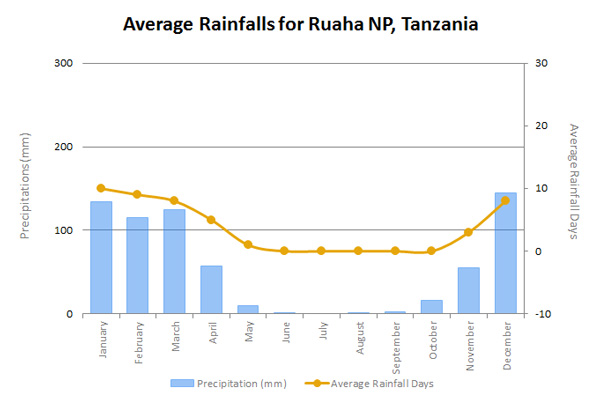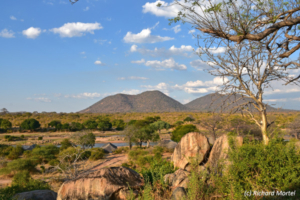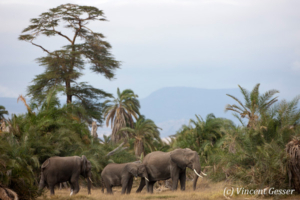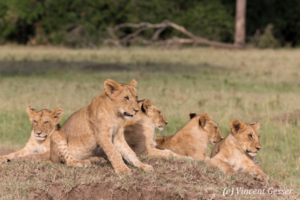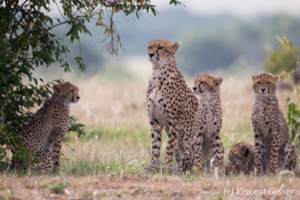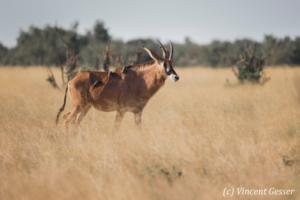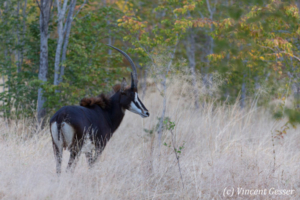Ruaha National Park
Located in the heart of the country, Ruaha is the largest national park in Southern Tanzania.
The landscapes of Ruaha are made of rolling hills, large open plains, and groves of skeletal Baobab trees, and, along its southern border, the river of the Great Ruaha.
The variation of altitude and topography has given rise to wide diversity in flora and fauna. Enormous baobabs are a key feature of the park, of which the large elephant population particularly appreciates the bark.
The Park has more than 12,000 elephants, representing the largest population of all the national parks of Tanzania, with the exception of Selous Game Reserve.
It is one of the most important areas in the world for large carnivores, being home to 10% of the lions remaining in Africa, as well as large populations of wild dogs, cheetahs, leopards and spotted hyenas.
The Park is also known for its huge herds of buffaloes and its variety of antelopes. Ruaha is the only Park of East Africa with both greater and lesser kudus, as well as sable and roan antelopes.
It offers an unusual combination of fauna and avifauna of Eastern and Southern Africa.
For bird watchers, the avifauna of Ruaha is extraordinary, with over 450 species listed, including hornbills, rollers, finches and kestrels. There are six species of hornbills, and vultures and raptors abound.
A network of tracks follows the Great Ruaha river and its seasonal tributaries where impalas, waterbucks and other antelopes risk their lives for a sip of life-sustaining water.
Walking safaris are offered by some camps in certain periods and, since June 2014, night safaris are possible in some camps.
Like the rest of Southern Tanzania, Ruaha has two rainy seasons – at least in theory, as the weather in Africa became as unpredictable as elsewhere in the world. The short rainy season falls in Ruaha between October and November, and at that time, the park turns green.
Most of the rain falls between March and April. This is the time where the dry rivers like Mwagusi, Mdonya or Jongomero are most likely to flood.
The best time to visit the park, particularly for predators and large mammals, is probably is the dry season. However, the rainy season is propitious to bird watching, lush scenery and wildflowers, while the male greater kudu is most easily visible in June, the breeding season.



